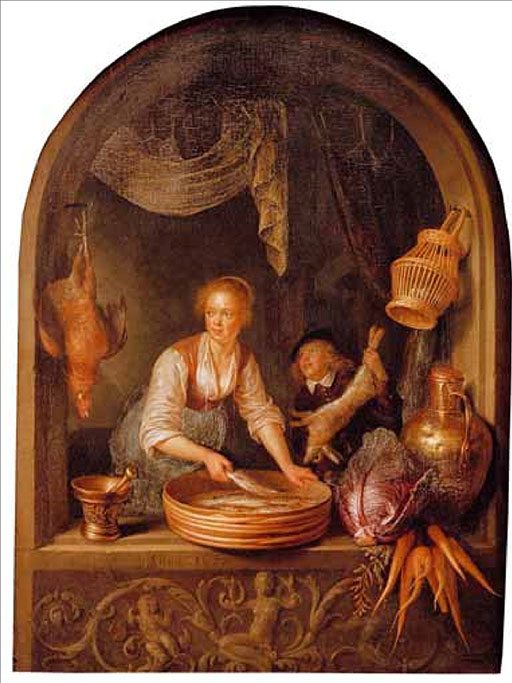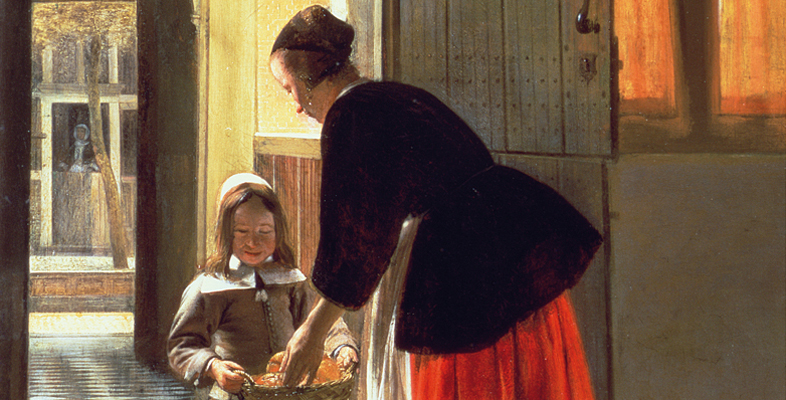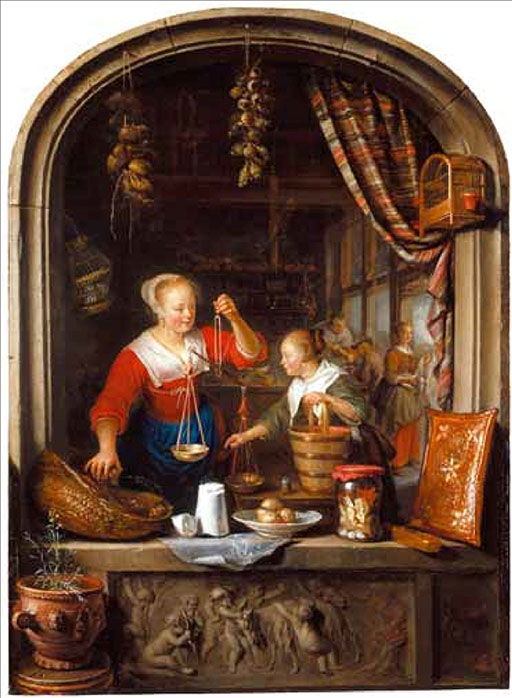8.1 The artifice of verisimilitude
The theoretical treatises on art that were published in the Netherlands do little to clarify the situation, since they tended to be written by authors who were indebted to academic and Italian art theory. For this reason, considerable significance has been accorded to a text by the painter Philips Angels (1616–83) that was originally presented as a lecture to the painters’ guild of Leiden in 1641 and was published the following year under the title Lof der schilder-konst (Praise of Painting). Angels seeks to entertain and, perhaps, to flatter his audience of fellow artists by extolling the virtues of painting and demonstrating its advantages over other art forms such as poetry and sculpture. As Eric J. Sluijter has pointed out, Angels’s arguments for the pre-eminence of painting are based not on the assertion that it can fulfil especially elevated or didactic aims – whether it be the encoding of hidden moral meanings or the pursuit of visual knowledge – but rather on its ability to imitate everything that is visible in nature (Sluijter, 1988, pp. 80–1). In order to establish the superiority of painting over sculpture, Angels delights in enumerating the variety of phenomena, both tangible and intangible, that painting alone is able to imitate:
in addition to depicting every kind of creature like birds, fishes, worms, flies, spiders and caterpillars it can render every kind of metal and can distinguish between them, such as gold, silver, bronze, copper, pewter, lead and all the rest. It can be used to depict a rainbow, rain, thunder, lightning, clouds, vapor, light, reflections and more of such things.
Detailed attention to the accurate representation of the individuating shape and texture of objects is undoubtedly a characteristic feature of the work of Leiden artists, who acquired the title fijnschilders or ‘fine painters’. The highly finished paintings produced by the artist Gerrit Dou (1613–75), who is thought to have been among the audience for Angels’s lecture, were particularly highly sought after and commanded correspondingly high prices. His Cook at the Window of 1652 (Figure 31) is a virtuoso display of the artist’s ability to depict an astonishing range of textures and surfaces, including fabric, feathers, fur, scales, metal, cabbage leaves and human flesh, and the different ways in which these reflect or absorb the play of light. The treatment of individual objects can certainly be described as ‘realistic’. Nonetheless, Peter Hecht is surely right to observe that while this painting ‘no doubt contains all sorts of information relevant to the history of Dutch seventeenth-century culture … [it] does not portray anything like a real cook in the window of a contemporary kitchen’ (Hecht, 1992, p. 89). Once our attention is drawn to the ‘fantasized stone niche with its sculpted relief parallel to the picture plane’, and the way in which this directly comments on the rivalry between painting and sculpture, the artificiality of the composition immediately becomes apparent. Dou employs a similar framing device, which itself forms part of the picture, in other paintings such as The Grocer’s Shop (Figure 32).

These paintings make it clear that realistic effects can be combined with a high degree of artifice, allowing the viewer to delight in the verisimilitude or ‘true-seeming’ quality of the representation without confusing art and reality. Some scholars have even suggested that in light of the diversity of Dutch seventeenth-century painting, and the complex issues of meaning and interpretation that are raised by such seemingly straightforward depictions of middle-class domesticity and sociability, we should speak instead of the ‘manifoldness of realism’ (Smith, 2009, p. 79). It is open to question whether the idea of a plurality of realisms can be sustained, for this seems to undercut the very notion of realism itself, but it does point up the need to sustain a variety of interpretative strategies, no one of which can claim to offer a comprehensive account of Dutch pictorial culture.

